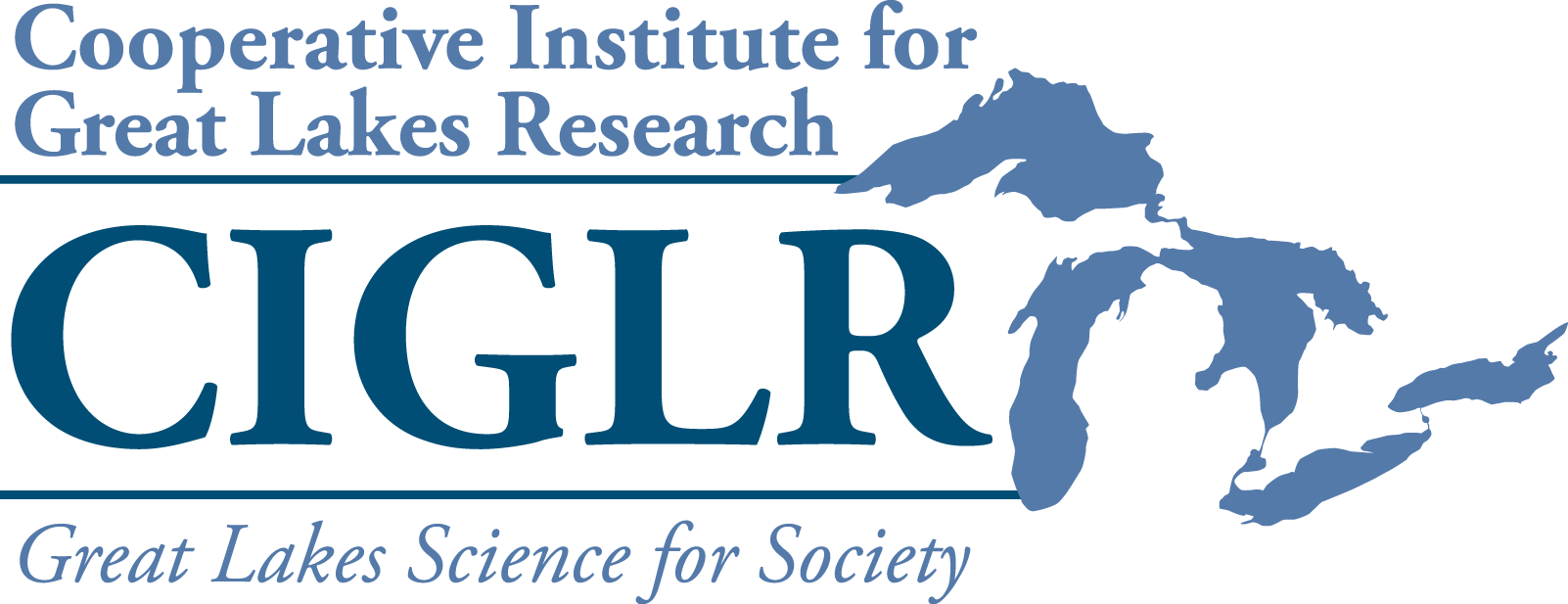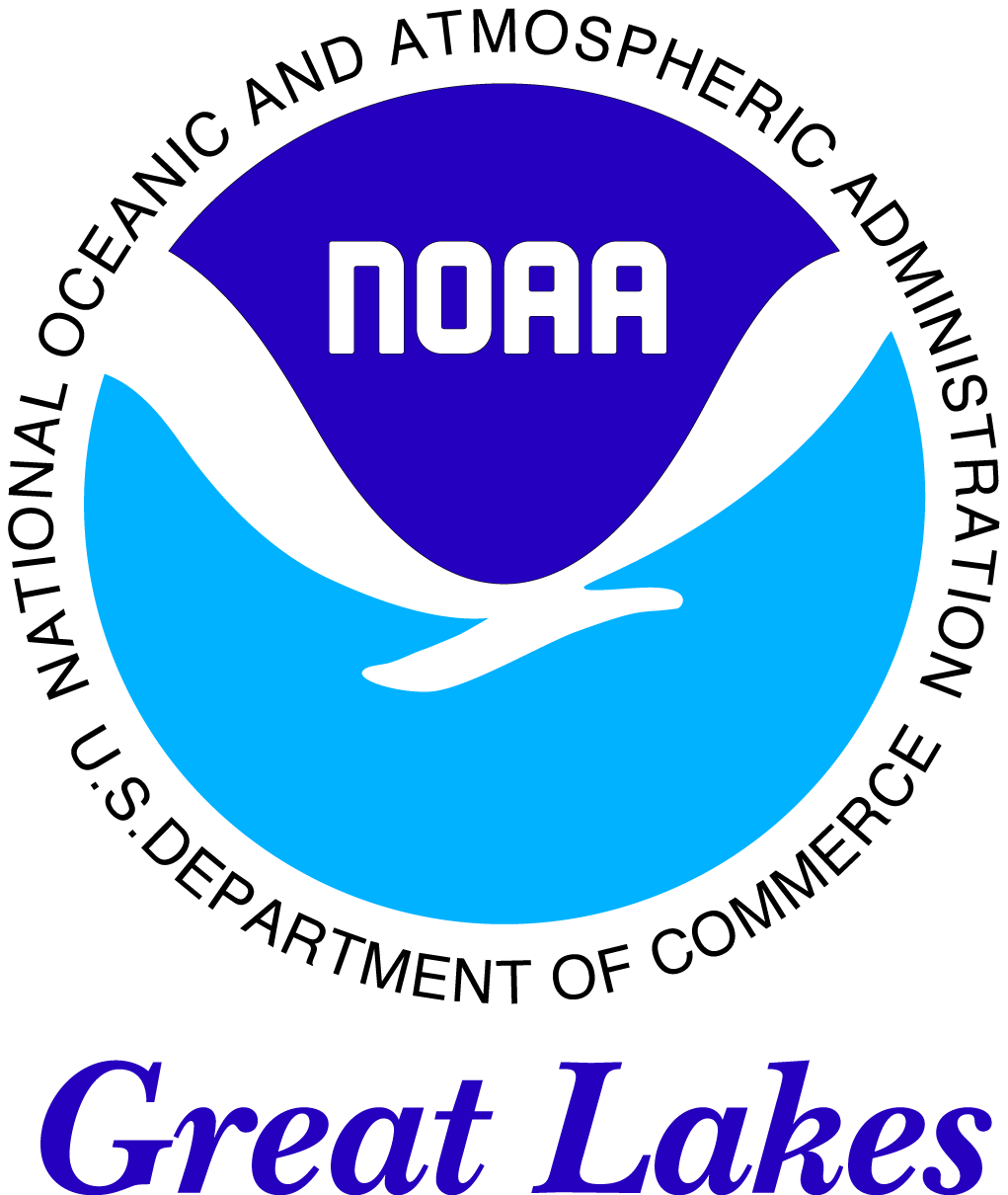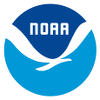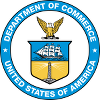Partnerships
The Great Lakes Environmental Research Laboratory maintains a diverse list of research partnerships. These include participating universities, municipalities, State, Federal, and international agencies, non-governmental institutions, and many others. These partnerships foster mutually beneficial research and collaboration, promote efficient information exchange and dissemination, and help identify and take advantage of shared resources and expertise.
* Please note that the following links will take you off of the GLERL web site.
Onsite Partnerships
Onsite partnerships provide a unique opportunity for close collaboration, while sharing infrastructure costs, equipment, and personnel.
 |
Cooperative Institute for Great Lakes Research (CIGLR) NOAA Cooperative Institutes are academic and non-profit research institutions that demonstrate the highest level of performance in the conduct of research, supporting NOAA’s mission goals and strategic plan. The Cooperative Institute for Great Lakes Research (CIGLR) is sponsored by the NOAA Great Lakes Environmental Research Laboratory (GLERL) and hosted by the University of Michigan. CIGLR and GLERL staff work side-by-side on exciting new research, training the next generation of scientists, and turning research into action for safe and healthy Great Lakes communities. |
 |
Great Lakes Observing System (GLOS) GLOS is one of 11 regional associations of the Integrated Ocean Observing System (IOOS), working to enhance the ability to collect, deliver, and use ocean and Great Lakes information. A bi-national nonprofit, GLOS provides end-to-end data services that support science, policy, management, and industry in the Great Lakes. GLOS is co-located with GLERL and coordinates on support for critical observing needs and data delivery to stakeholders. |

|
Great Lakes Regional Collaboration Team The GLRCT works across NOAA and its core grant-funded partners to identify, communicate, and respond to regional needs; catalyze collaboration and connect people and capabilities to advance NOAA’s mission and priorities specifically in the Great Lakes region. The GLERL Director also serves as NOAA’s Regional Team Lead for the Great Lakes, facilitating collaboration of more than 800 NOAA employees and partners representing the agency’s diverse capabilities. The GLRCT Regional Coordinator is located at GLERL. The team includes representatives from NOAA programs with a significant interest in the Great Lakes and its core partners including the state coastal management programs, the Midwestern Regional Climate Center, CIGLR, CIMSS, Sea Grant, GLOS, and the National Estuarine Research Reserve program in the Great Lakes. |

|
Great Lakes Restoration Initiative (GLRI) To contribute to the restoration of the Great Lakes, over $3.8 billion has been invested in the region since 2010 by means of the Great Lakes Restoration Initiative (GLRI). As one of 15 Federal Agencies collaborating with the U.S. EPA to implement this effort, the National Oceanic and Atmospheric Administration (NOAA) has been allocated nearly $285 million since 2010 to help accomplish restoration goals using its ground-breaking science, data products and services, predictive capabilities, and partnerships. Over 380 NOAA projects have been funded. NOAA is making significant contributions to the restoration of the Great Lakes through the GLRI by expanding and enhancing many existing programs and implementing new innovative projects that address GLRI Action Plan III. |
 |
Great Lakes Sea Grant Extension Office The National Sea Grant College Program - a national network of university-based programs - is a unique NOAA partnership that engages the power of academia and a wide variety of public and private sectors to combine research, education and technology transfer for public service. Located at GLERL, the Regional Sea Grant Liaison position facilitates information exchange between GLERL and Sea Grant regarding Great Lakes-related research, education, and outreach programs. The Great Lakes Sea Grant Network plays a central role in supplying the region and the Nation with on-the-ground solutions to pressing problems and providing information needed to better manage Great Lakes resources. It accomplishes this task through its network of advisory service (Extension) agents embedded within the communities they serve and via modern communications and education techniques. |
 |
(IAGLR) International Association
for Great Lakes Research. The International Association for Great Lakes Research is a scientific organization made up of researchers studying the Laurentian Great Lakes and other large lakes of the world, as well as those with an interest in such research. IAGLR promotes all aspects of large lakes research, and communicates research findings through publications and meetings. |
 |
NOAA Fisheries Restoration Center Through the Great Lakes Restoration Initiative, NOAA’s Restoration Center restores habitat for Great Lakes species by restoring coastal wetland and shoreline habitats, opening river systems to fish passage, and reconnecting rivers to their floodplains. Through regional partnerships, NOAA restores fisheries habitat in priority areas, including within Great Lakes Areas of Concern—places where pollution has impacted ecosystems and the public’s ability to use natural resources. Since 2010, NOAA has supported 85 projects, restoring more than 4,600 acres of habitat and opening almost 500 stream miles for fish passage. The Restoration Center also plans and conducts restoration to benefit Great Lakes natural resources harmed by oil spills or releases of hazardous substances through natural resource damage settlements. |
 | Thunder Bay National Marine Sanctuary. NOAA's Office of National Marine Sanctuaries serves as the trustee for a network of underwater parks encompassing more than 600,000 square miles of marine and Great Lakes waters. The Thunder Bay National Marine Sanctuary (TBNMS), based in Alpena, Michigan and encompassing 4,300 square miles of northwestern Lake Huron, is jointly managed by NOAA and the State of Michigan to discover, document, interpret, and protect a nationally significant collection of historic shipwrecks. TBNMS works in partnership with GLERL to facilitate additional research in sanctuary waters including biology, geology, and climate change studies, and relies on GLERL vessels and other technological support. |

